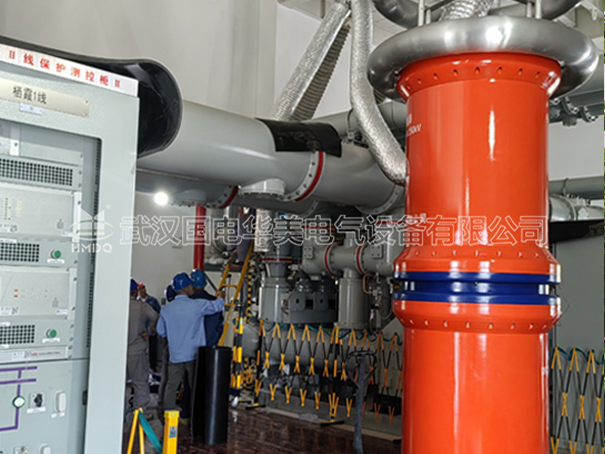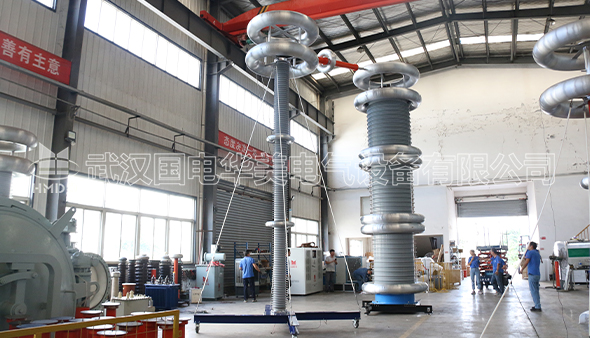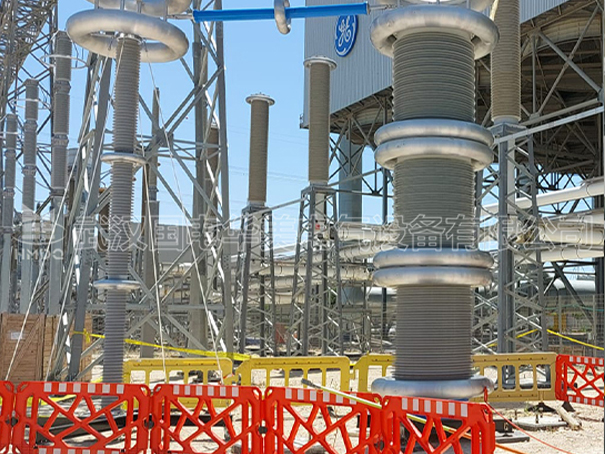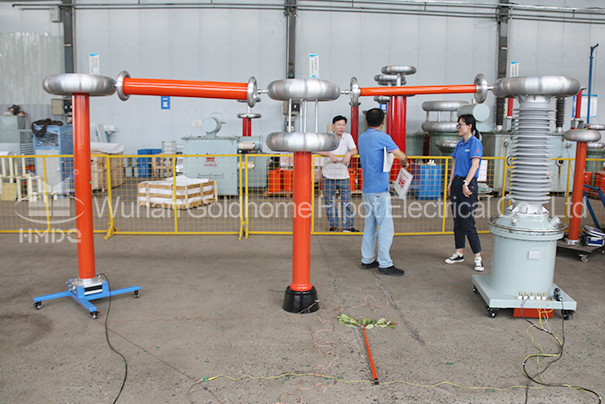Differences between AC resonant test systems without partial discharge and ordinary AC resonant test

The difference between the partial discharge series resonant test device and the conventional series resonant test device lies in their respective functionalities and capabilities.The partial discharge series resonant test device is specifically designed to detect and measure partial discharges in electrical equipment,while the conventional series resonant test device is primarily used for testing the insulation strength of electrical components.
The partial discharge series resonant test device incorporates advanced technology and specialized features that enable accurate detection and analysis of partial discharges.It is equipped with high-frequency filters and sensitive measurement instruments to capture even the smallest discharge signals.This device is particularly useful in assessing the insulation condition of high-voltage equipment,such as power transformers and cables,as it can identify potential faults and help prevent catastrophic failures.
On the other hand,the conventional series resonant test device operates based on the principle of resonance and is primarily used to test the withstand voltage capability of electrical components.It generates a high voltage and applies it to the test object at the resonant frequency,allowing for the evaluation of its insulation strength.This device is commonly employed in the testing of insulators,capacitors,and other electrical devices to ensure their reliability and safety.
In summary,while both the partial discharge series resonant test device and the conventional series resonant test device serve important roles in electrical testing,their main differences lie in their specific functionalities and applications.The former is specialized in detecting and analyzing partial discharges,while the latter is designed for general insulation strength testing.Understanding these distinctions is crucial in selecting the appropriate testing equipment for specific electrical testing requirements.
The partial discharge series resonant test device incorporates advanced technology and specialized features that enable accurate detection and analysis of partial discharges.It is equipped with high-frequency filters and sensitive measurement instruments to capture even the smallest discharge signals.This device is particularly useful in assessing the insulation condition of high-voltage equipment,such as power transformers and cables,as it can identify potential faults and help prevent catastrophic failures.
On the other hand,the conventional series resonant test device operates based on the principle of resonance and is primarily used to test the withstand voltage capability of electrical components.It generates a high voltage and applies it to the test object at the resonant frequency,allowing for the evaluation of its insulation strength.This device is commonly employed in the testing of insulators,capacitors,and other electrical devices to ensure their reliability and safety.
In summary,while both the partial discharge series resonant test device and the conventional series resonant test device serve important roles in electrical testing,their main differences lie in their specific functionalities and applications.The former is specialized in detecting and analyzing partial discharges,while the latter is designed for general insulation strength testing.Understanding these distinctions is crucial in selecting the appropriate testing equipment for specific electrical testing requirements.




